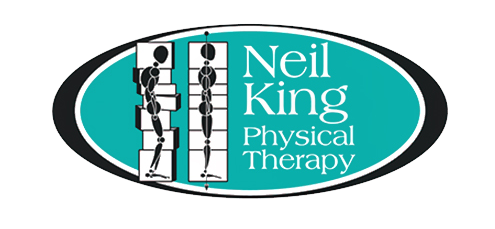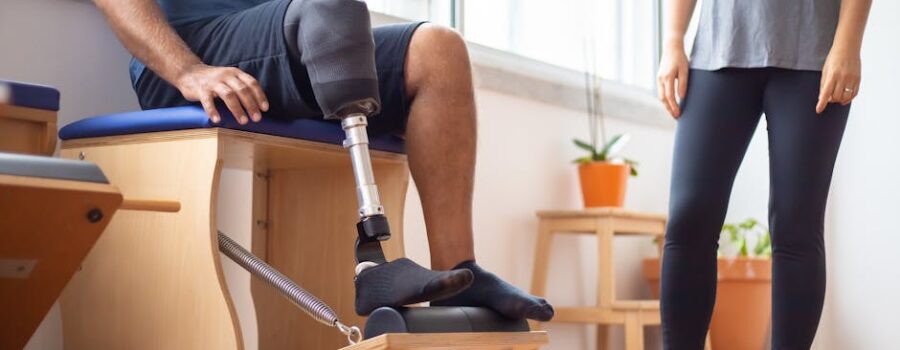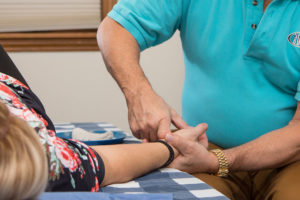Introduction to Leg Rehab Exercises for Sport Injuries
When you’re coming back from a leg injury, the road to recovery can feel long. But with the right leg rehab exercises, you can strengthen your muscles, improve flexibility, and get back to your sport faster than you might think. We’re talking exercises designed to target the muscles and joints affected by your injury, guiding them through recovery in a safe, structured way. Whether it’s a sprained ankle, a torn ligament, or a pulled muscle, starting with basic movements and gradually increasing the intensity is the key. Remember, patience is your ally here. Each exercise is like a step on the ladder leading back to your peak performance. Let’s dive into how these exercises can rebuild your strength and confidence, providing a solid foundation for your body’s return to sport.
Importance of Leg Strength and Mobility in Recovery
Having strong and mobile legs isn’t just about looking good – it’s the backbone of a quick and effective recovery from sports injuries. Think of your leg muscles as the support crew that helps stabilize your injured parts, ensuring they’re not taking on more strain than they can handle. A strong support system speeds up recovery, reducing the risk of further injuries. Mobility is equally critical. It’s about keeping those joints moving smoothly, allowing for a better range of motion and less stiffness. This dynamic duo of strength and mobility ensures that every step of your rehab is as efficient and pain-free as possible. Without them, you’re just inviting more trouble or a slower recovery. So, by focusing on building up your leg strength and enhancing mobility, you’re not just healing, you’re upgrading your body’s injury defense system.
Warm-Up Techniques Before Starting Leg Rehab Exercises
Before diving into leg rehab exercises, warming up is critical. It prepares your muscles for the journey ahead, reducing the risk of further injury. Think of it as informing your muscles, “Hey, we’re about to get moving!” Start with a light jog or a brisk walk for about 5 minutes. This gets the blood flowing and gently awakens your muscles. Then, shift to dynamic stretches – leg swings, ankle circles, and gentle squats. These movements enhance flexibility and readiness, focusing on the legs but involving the whole body. Remember, the goal is to wake your muscles up, not wear them out. Keep it gentle and brief. With your muscles warm and alert, they’re more receptive to the benefits of leg rehab exercises, setting the stage for a smoother recovery.
Exercise 1: Quad Sets for Muscle Strengthening
Quad sets are a must if you’re aiming to strengthen those thigh muscles, especially after a sports injury. It’s simple. Sit with your leg straight in front of you, then tighten the muscles on the top of your thigh. Imagine pushing the back of your knee flat down into the floor. Hold that squeeze for about 5 seconds, then relax. Aim for 10 to 15 reps a couple of times a day. This exercise doesn’t ask for much effort but pays off by building muscle strength gradually. Remember, it’s not a race. Take your time, focus on the muscle contraction, and ensure your technique is spot on. Progress will follow.
Exercise 2: Hamstring Curls to Improve Flexibility
Hamstring curls are great for boosting your leg’s flexibility, speeding up your recovery after a sports injury. You don’t need fancy equipment for this exercise; a flat surface and a sturdy chair or table for support will do. Stand straight, hold onto the chair for balance, and slowly bend one knee, bringing your heel up towards your buttocks. Hold this position for a few seconds then gently lower your foot back down. Aim for three sets of 10 repetitions on each leg. Remember, the key is slow and controlled movement—no rushing. This exercise strengthens the muscles at the back of your thigh, making your hamstring more flexible and less prone to future injuries. Stick with it, and you’ll notice improvements in your flexibility and strength.
Exercise 3: Calf Raises for Enhancing Stability
For building stability and strength in the lower legs, especially after an injury, calf raises are your go-to move. Simple yet effective, they focus on the calf muscles, critical for balance and movement. Start by standing upright, feet hip-width apart. Rise onto your tiptoes, lifting your heels off the ground as high as possible, then slowly lower back down. Aim for three sets of 10 to 15 reps. For an added challenge, try doing them on one leg. Remember, quality over quantity; slow, controlled movements ensure you’re hitting the right muscles without risking further injury. Perfect for getting back on track post-injury, this exercise aids in preventing future issues by fortifying your calves, a fundamental pillar of leg stability.
Exercise 4: Straight Leg Raises to Build Muscle Endurance
Straight leg raises are perfect for boosting muscle endurance in your legs, especially after a sports injury. Here’s how you do it: lie on your back with one leg bent and the other straight. Lift the straight leg about 6 inches off the ground, hold for a few seconds, and then lower it back down. Aim for 10 to 15 reps and then switch legs. This exercise works because it engages your thigh muscles without putting pressure on your knee, making it a safe bet during recovery. It’s simple but effective, strengthening the muscles around your knee and improving your leg’s overall endurance. Plus, you can easily do it at home.
Exercise 5: Ankle Alphabet for Improved Range of Motion
The Ankle Alphabet exercise boosts your ankle’s range of motion, crucial after an injury. Sit down and lift your injured leg slightly. Imagine your big toe as a pencil. Now, draw the alphabet in the air with your toe, from A to Z. Your ankle moves in multiple directions, stretching and strengthening the muscles. This exercise doesn’t need any equipment and can be done anywhere. Regularly practicing the Ankle Alphabet can speed up your recovery and get you back on your feet faster. Do it daily, aiming for three sets of the alphabet for the best results.
Tips for Safely Performing Leg Rehab Exercises
Starting leg rehab exercises after a sports injury can feel daunting. To make sure you’re doing them safely, always listen to your body. Pain means stop. Each exercise should challenge you but not hurt. It’s crucial to start slow. Begin with low intensity and gradually increase as your strength improves. Warm up before exercising. Even a light jog or some stretches can prepare your muscles and reduce the risk of further injury. Maintain proper form at all times. If you’re unsure about your form, seek guidance from a physical therapist or a qualified trainer. They can correct your posture and ensure you’re doing exercises correctly. Stay hydrated and give your body the fluids it needs to recover faster. Finally, consistency is key but so is rest. Balancing your exercise with adequate rest days allows your muscles to heal and grow stronger. Follow these tips to ensure your leg rehab exercises are effective and safe.
Summary and Importance of Consistency in Recovery
Recovering from a sports injury is like running a marathon, not a sprint. Consistency in doing your rehab exercises is the golden rule. Imagine your recovery as building a house. Each exercise is a brick. Skip a day, and your progress stalls. Stick with it, and you’ll see the structure — your strength and mobility — come back, brick by brick.
Starting slow but steady is key. It’s not about pushing through pain to do more than you can handle. It’s about doing the right exercises, the right way, day after day. Think of these exercises as your daily medicine. Just as you wouldn’t skip a dose of medication, don’t skip your rehab exercises. Even on days when motivation is hard to find, remember that small efforts add up.
Why is this so important? Because healing is not linear. Some days you’ll feel great; other days, not so much. But consistency helps smooth out these ups and downs. It keeps you moving forward, even when progress seems slow. Your body needs this regular, focused activity to repair itself.
So, what’s the bottom line? Stick with your leg rehab exercises. They’re designed to rebuild your strength, improve flexibility, and reduce the risk of future injuries. By being consistent, you’re not just healing for now — you’re investing in your body’s long-term wellness. Remember, every day you do your rehab is a step closer to getting back in the game.





